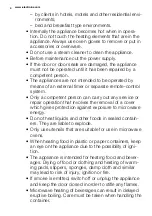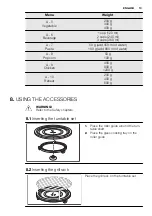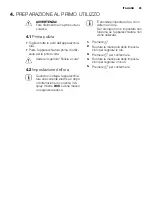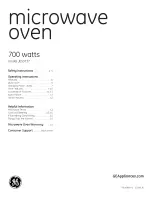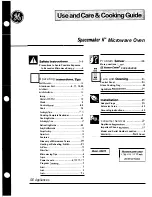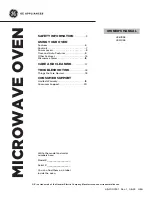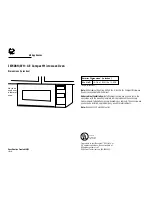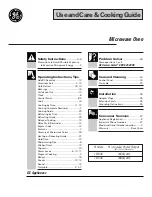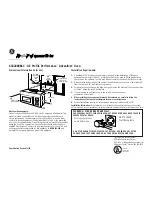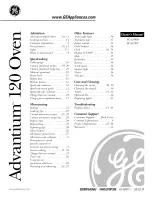
Defrosting meat, poultry, fish:
• Put the frozen, unwrapped food on a
small upturned plate with a container
below it so that the defrosting liquid
collects in the container.
• Turn the food after half of the defrosting
time. If possible, divide and then re-
move the pieces that started to defrost.
Defrosting butter, portions of gateau,
quark:
• Do not fully defrost the food in the ap-
pliance, but let it defrost at room tem-
perature. This gives a more even result.
Fully remove all metal or aluminium
packaging before defrosting.
Defrosting fruit, vegetables:
• Do not fully defrost fruit and vegetables,
which are to be further prepared while
raw, in the appliance. Let them defrost
at room temperature.
• You can use a higher microwave power
to cook fruit and vegetables without de-
frosting them first.
Ready meals:
• You can prepare ready meals in the ap-
pliance only if their packaging is suitable
for microwave use.
• You must follow the manufacturer's in-
structions printed on the packaging
(e.g. remove the metal cover and pierce
the plastic film).
Suitable cookware and materials
Cookware / Material
Microwave
Grilling
Defrost-
ing
Heat-
ing
Cook-
ing
Ovenproof glass and porcelain (with
no metal components, e. g. Pyrex,
heat-proof glass)
X
X
X
X
Non-ovenproof glass and porcelain
1)
X
--
--
--
Glass and glass ceramic made of
ovenproof / frost-proof material (e.
g. Arcoflam), grill shelf
X
X
X
X
Ceramic
2)
, earthenware
2)
X
X
X
--
Heat-resistant plastic up to 200 °C
3)
X
X
X
--
Cardboard, paper
X
--
--
--
Clingfilm
X
--
--
--
Roasting film with microwave safe
closure
3)
X
X
X
--
Roasting dishes made of metal, e.
g. enamel, cast iron
--
--
--
X
Baking tins, black lacquer or silicon-
coated
3)
--
--
--
X
Baking tray
--
--
--
X
Browning cookware, e. g. Crisp pan
or Crunch plate
--
X
X
--
10 www.electrolux.com




